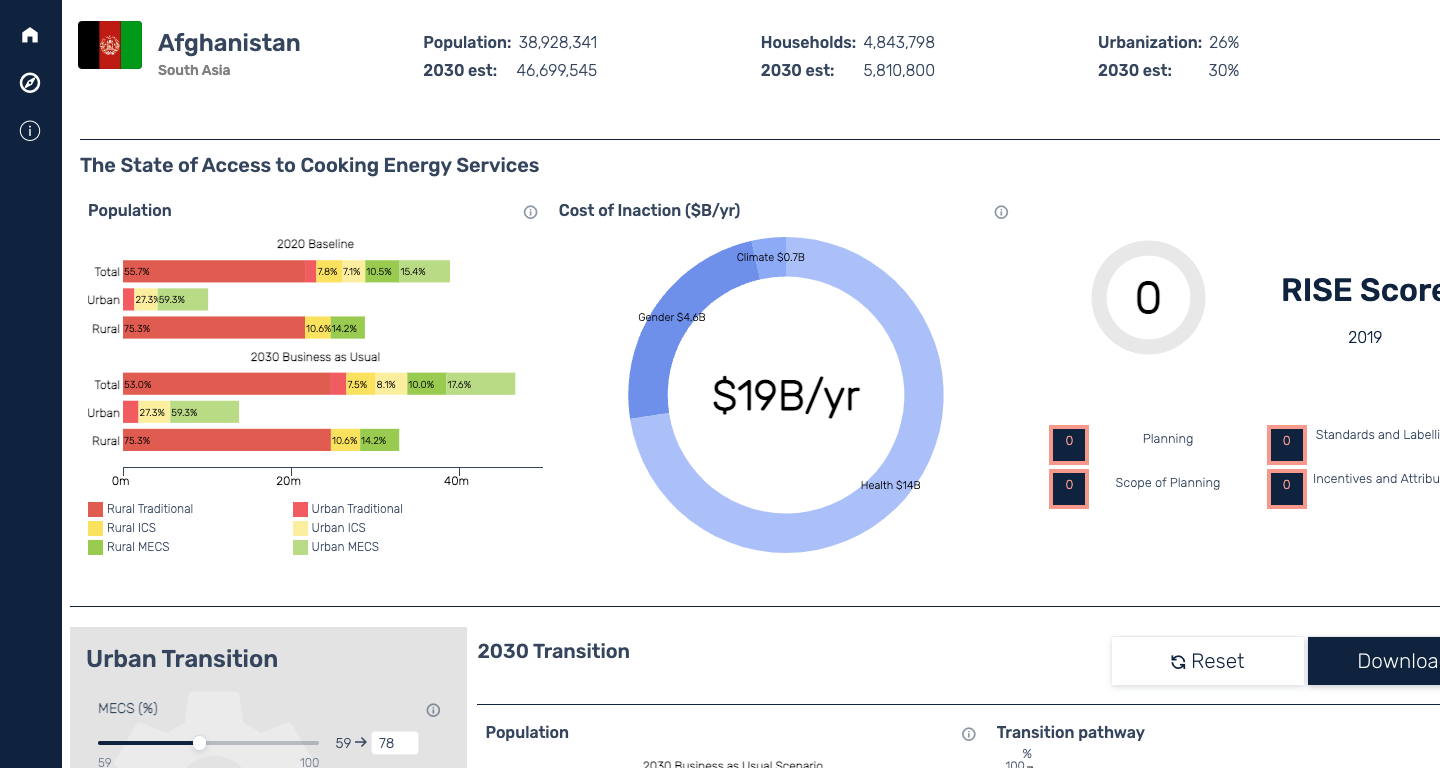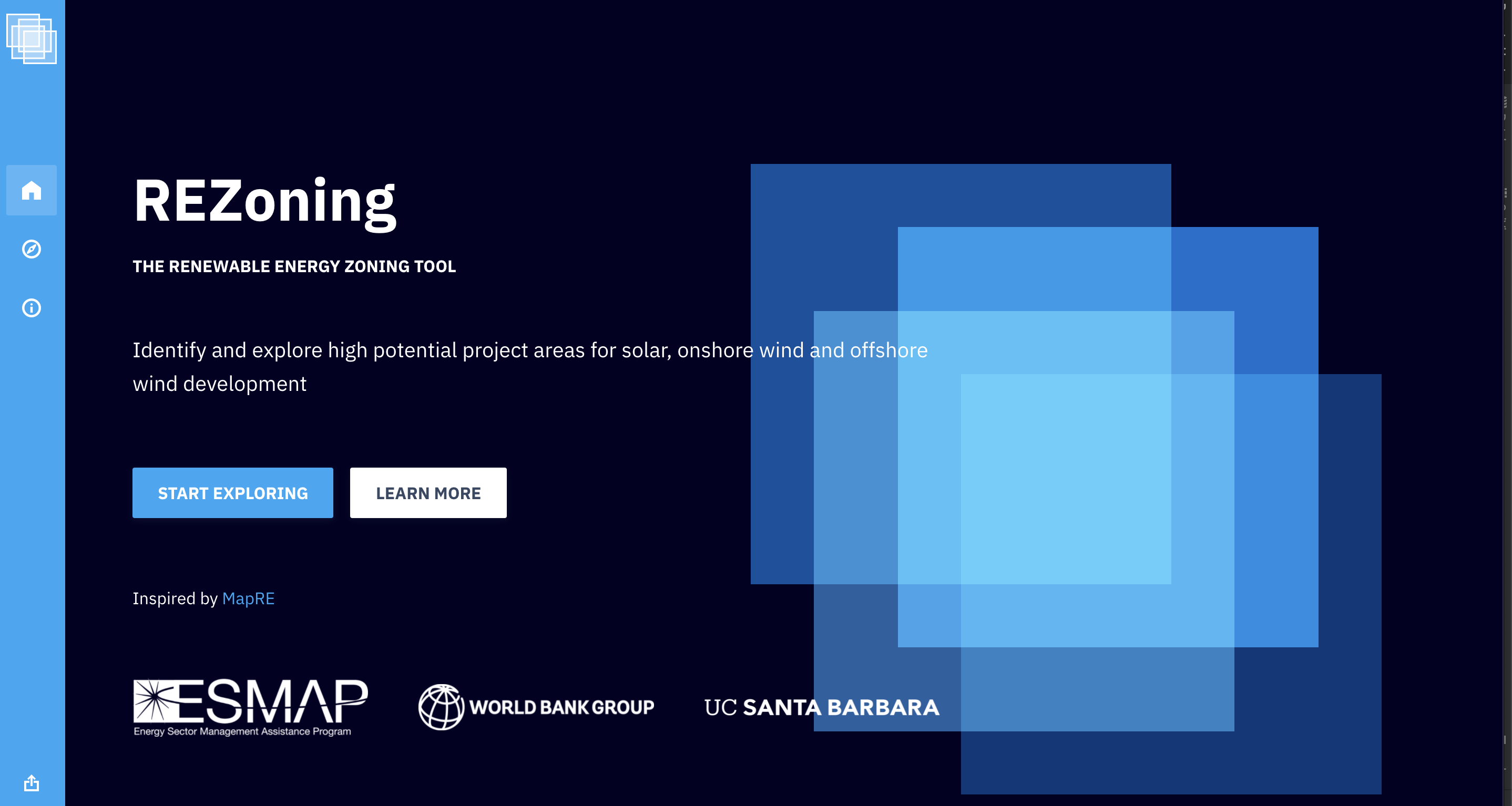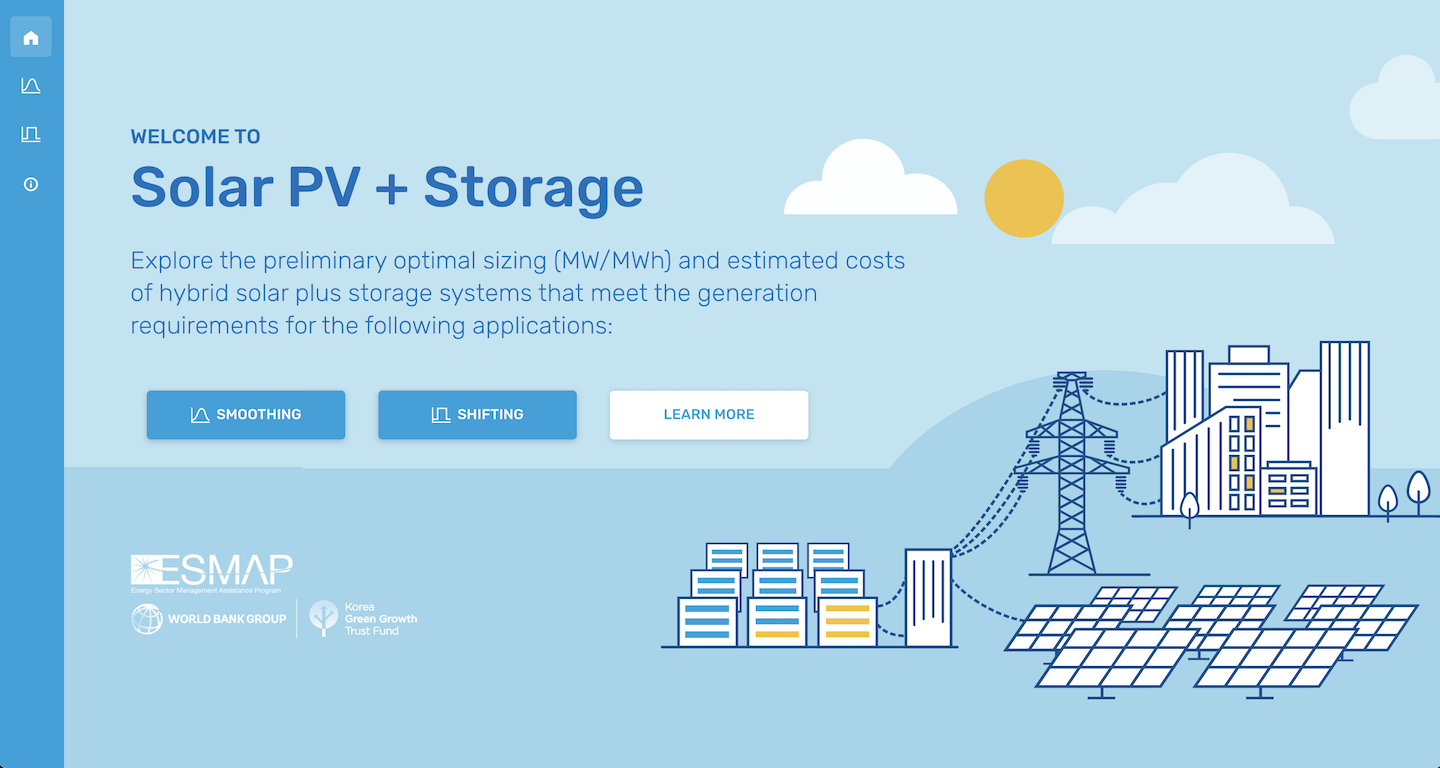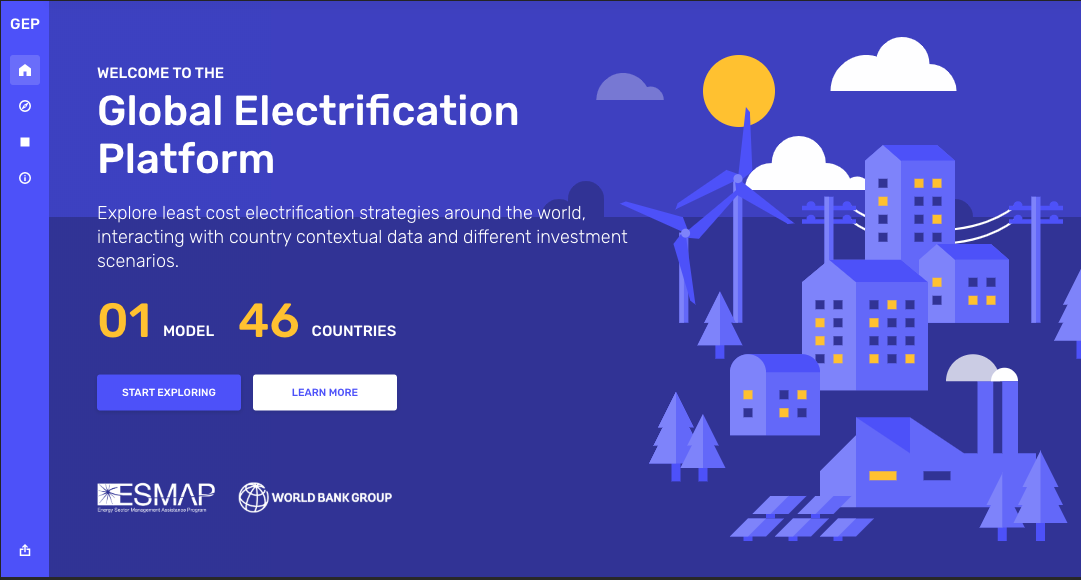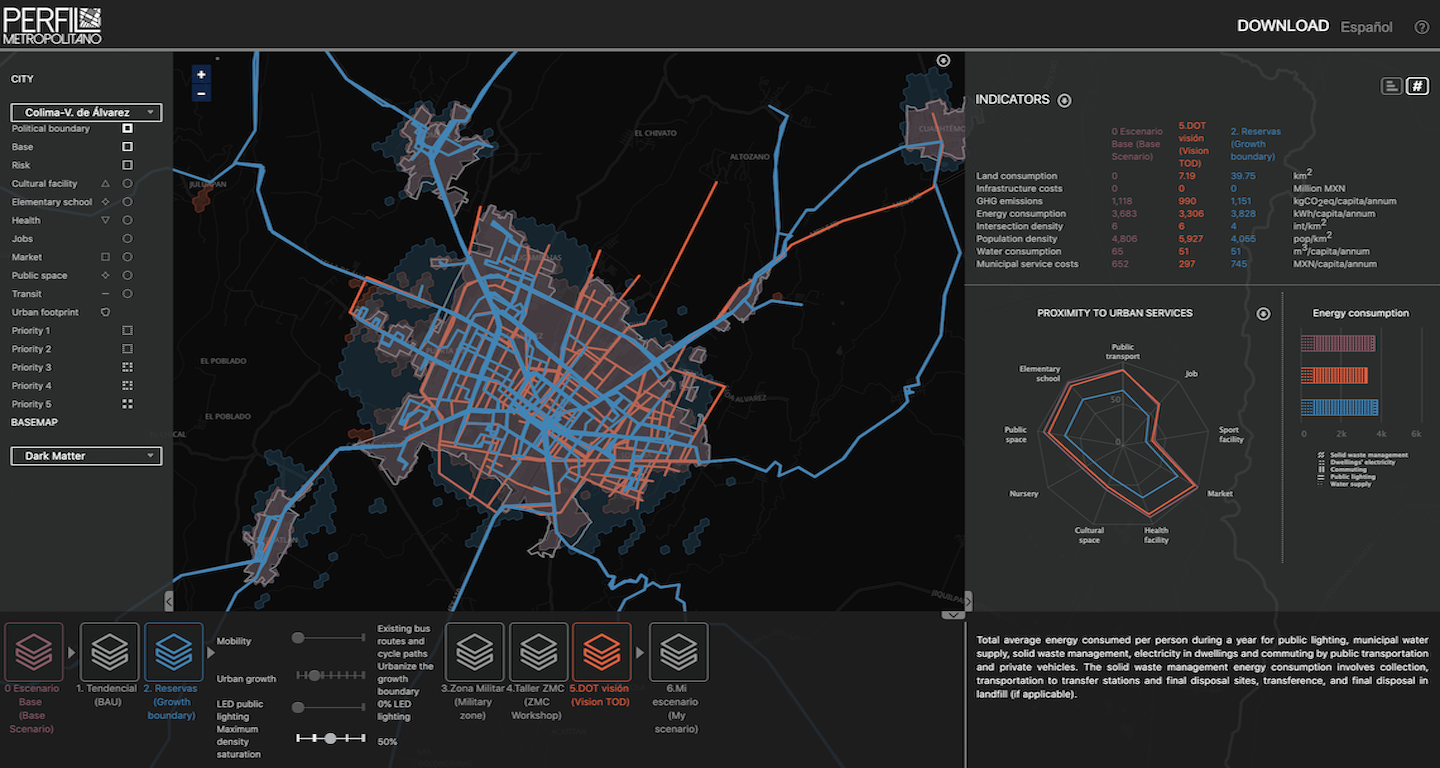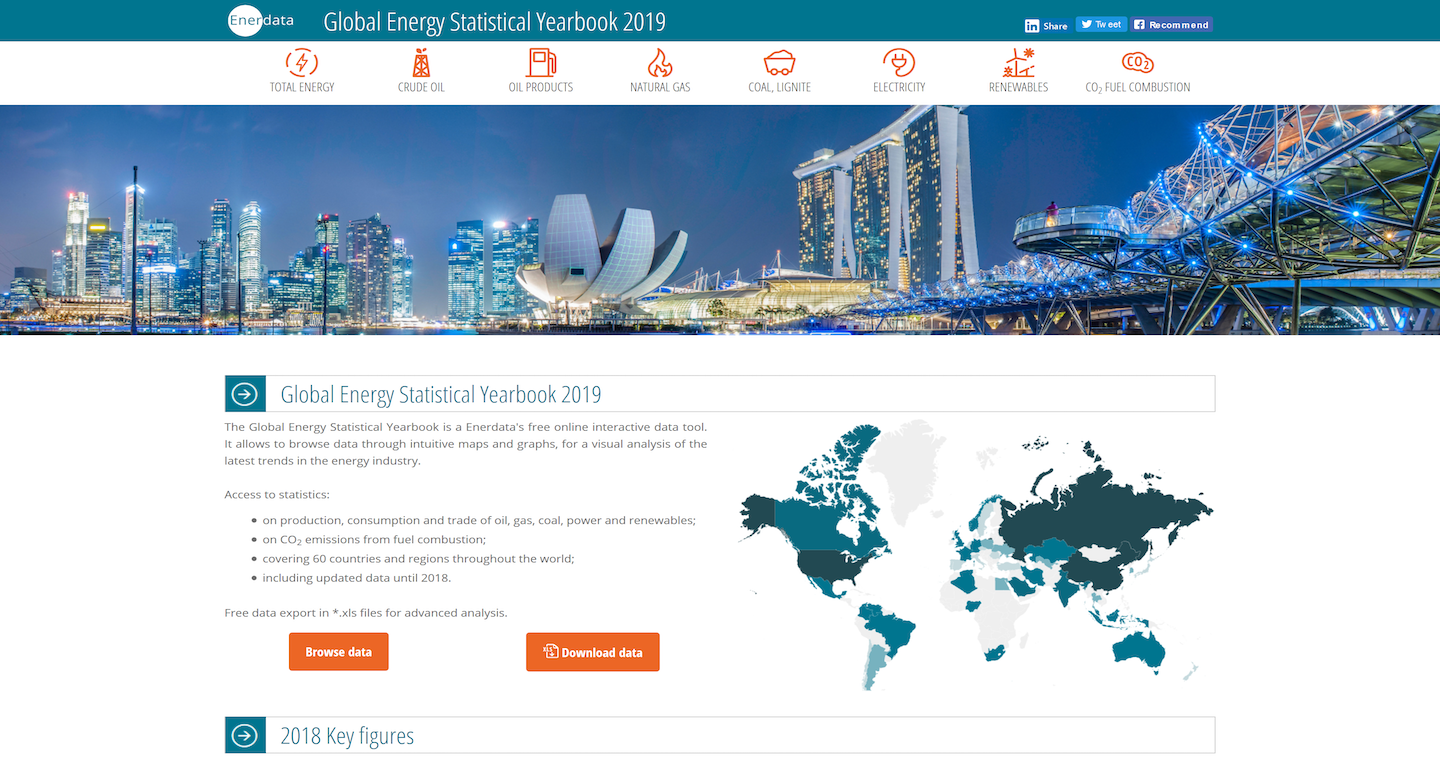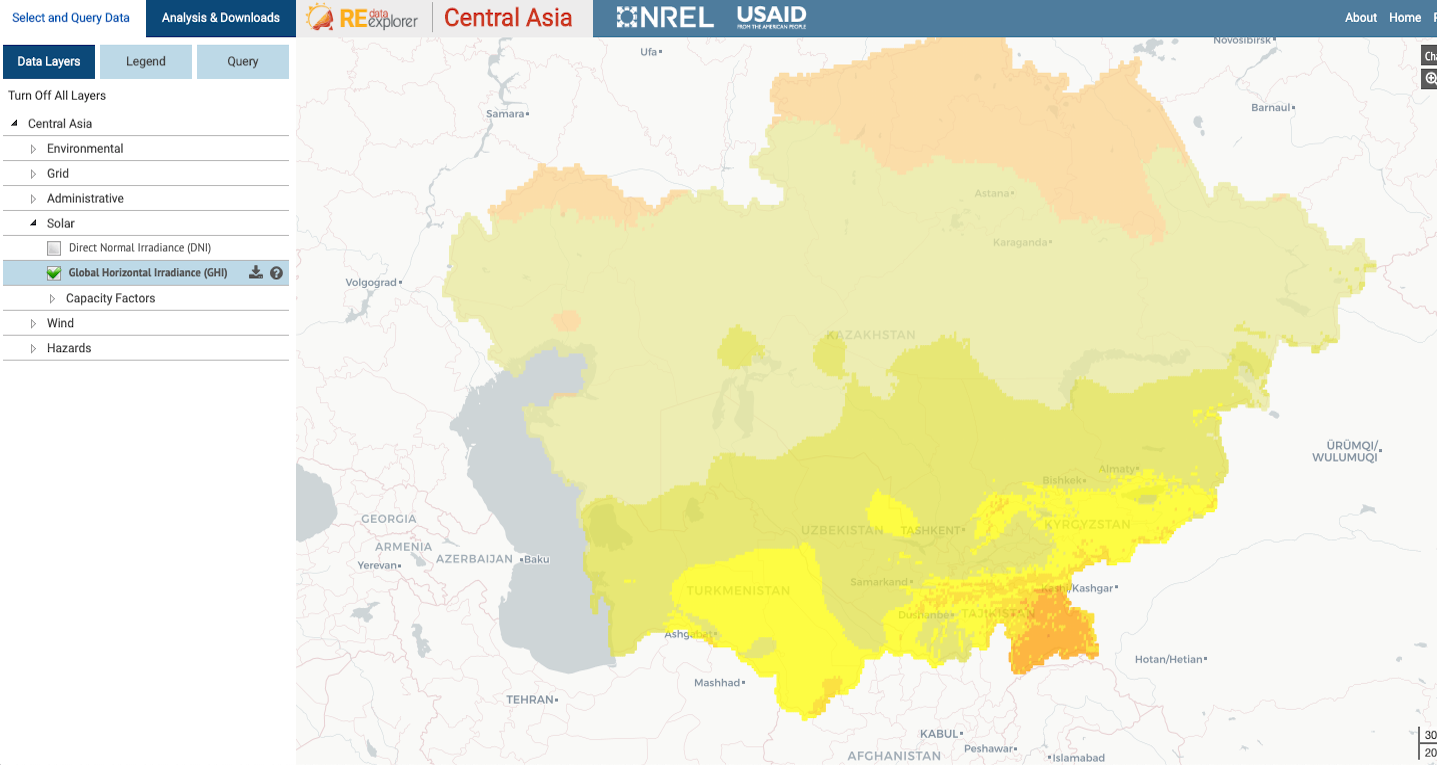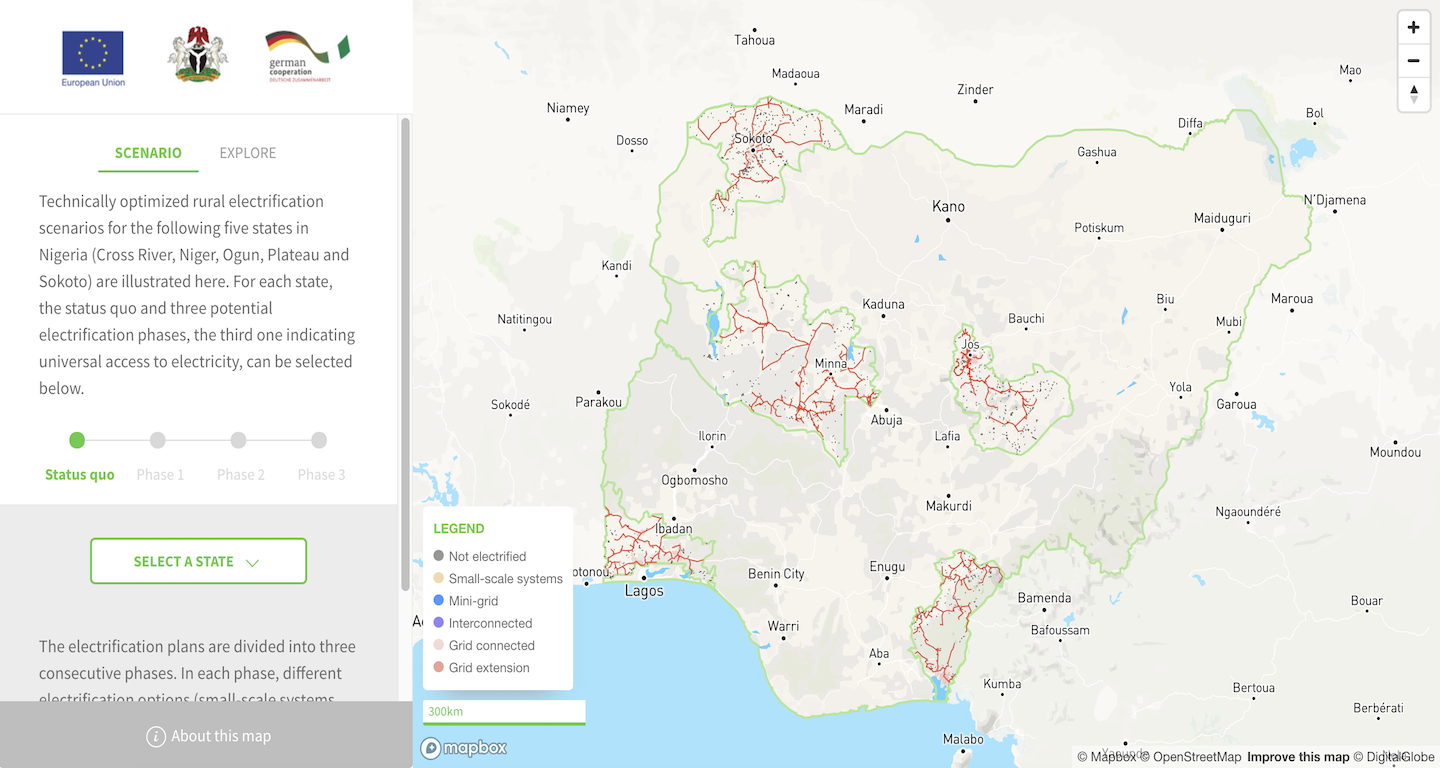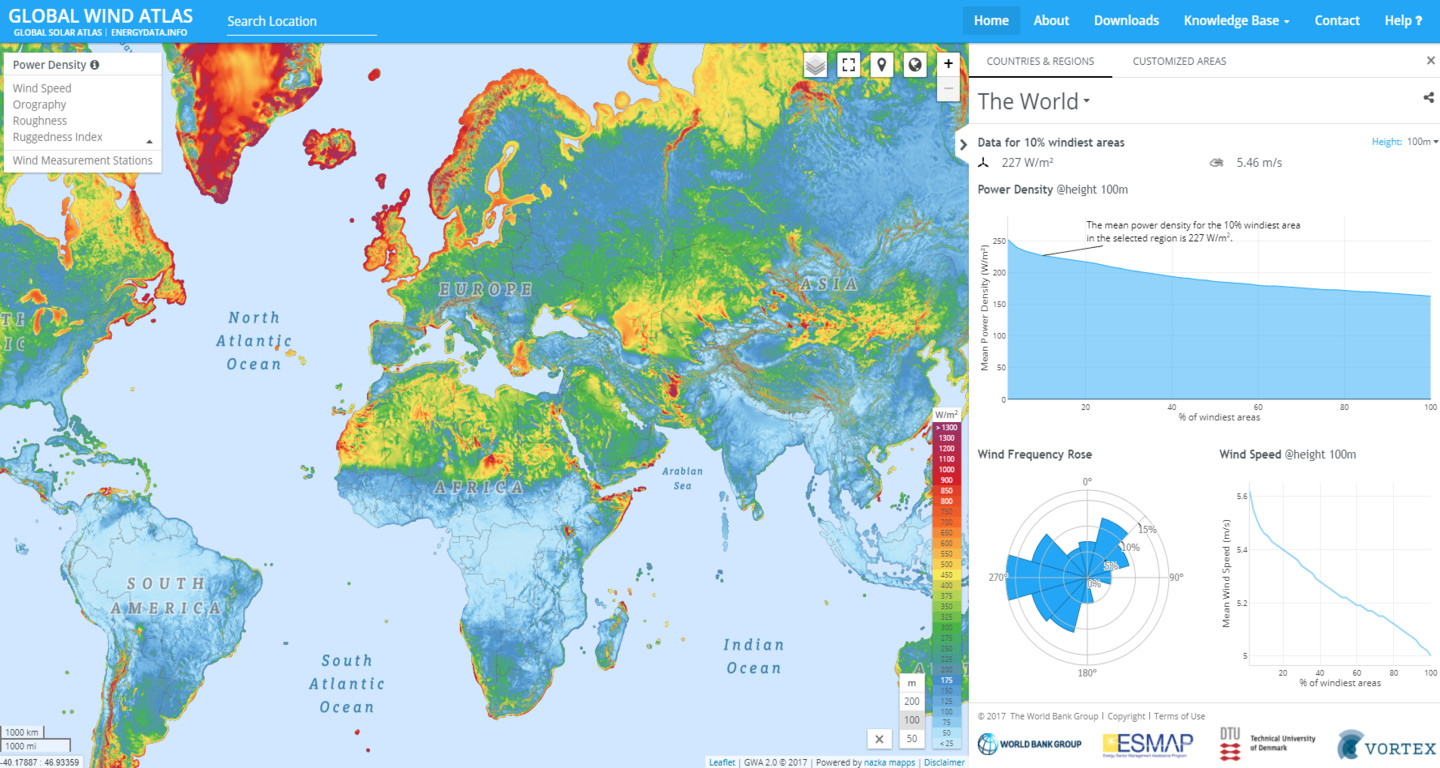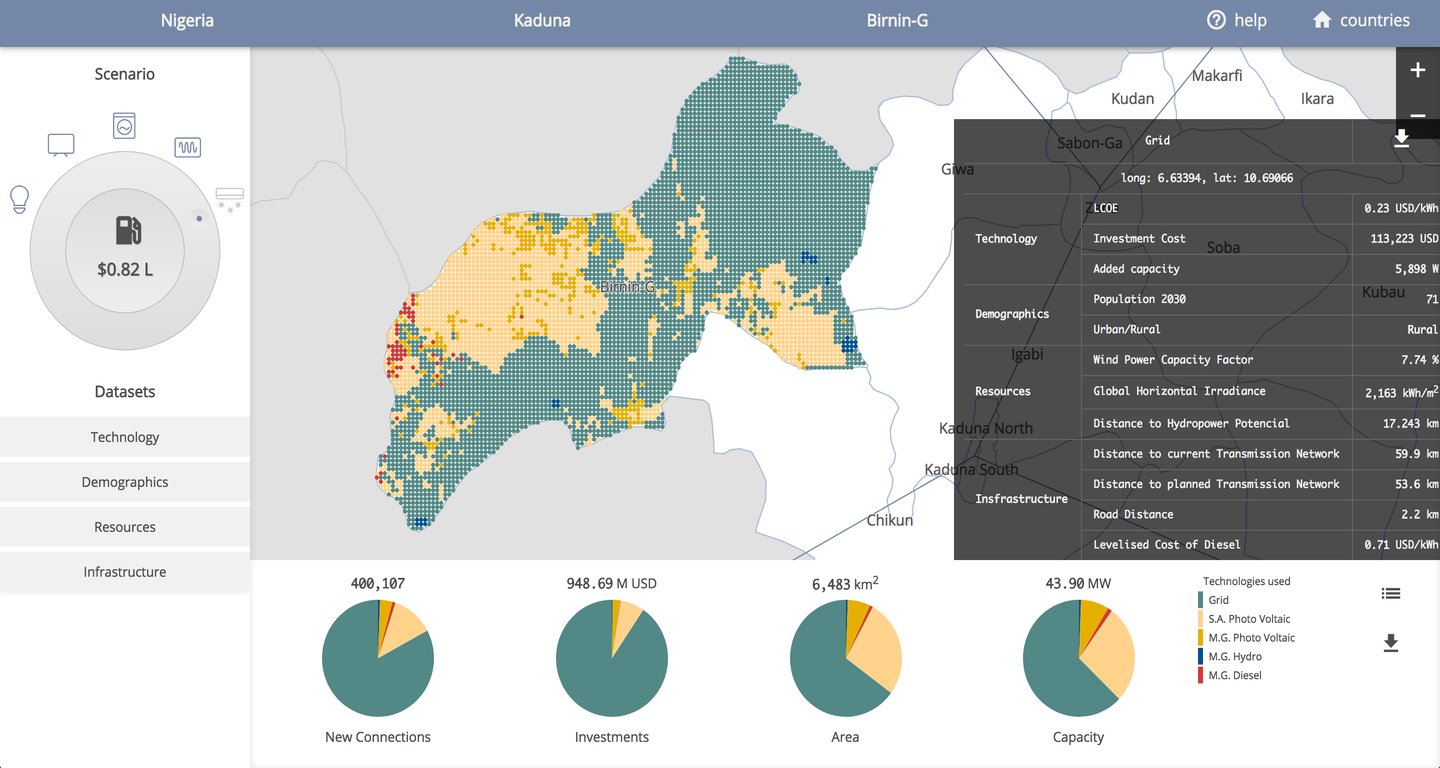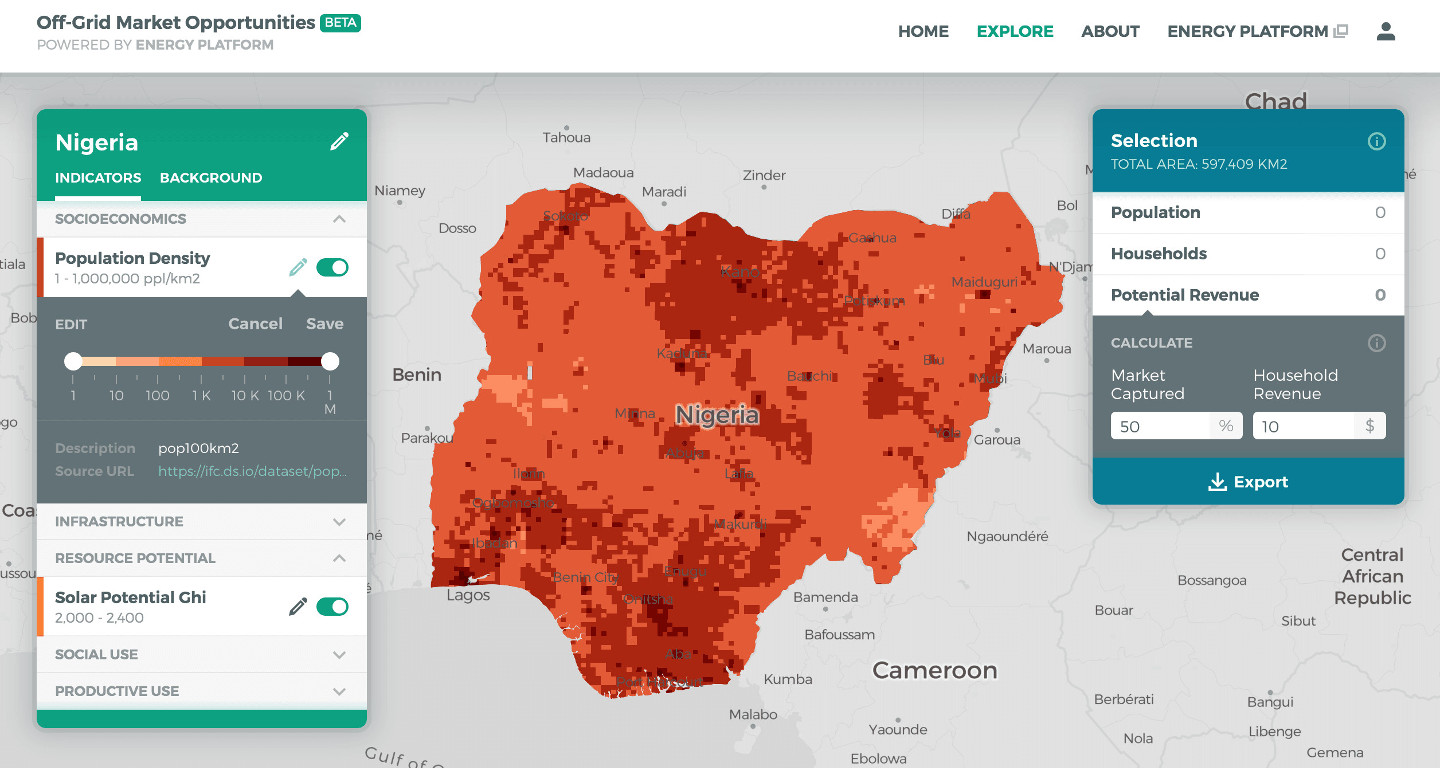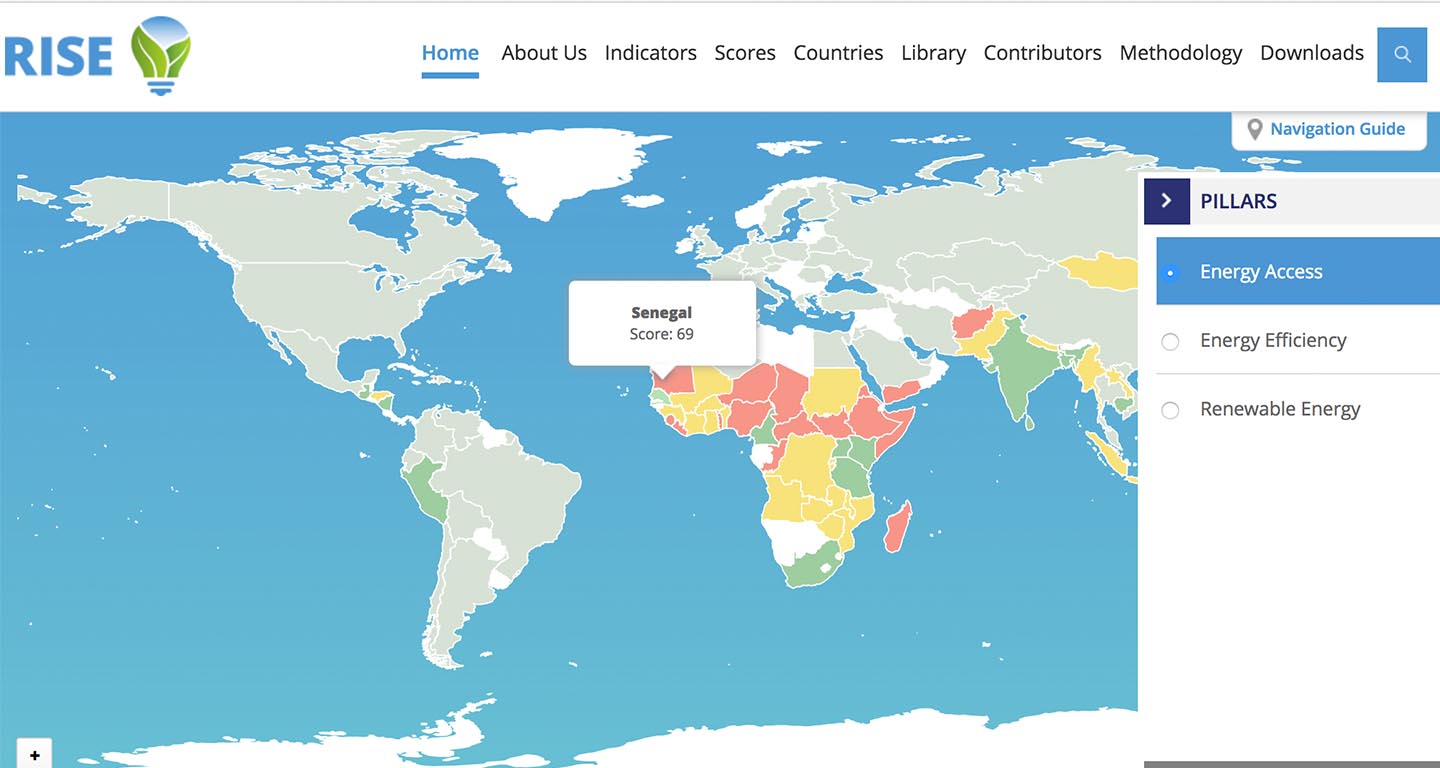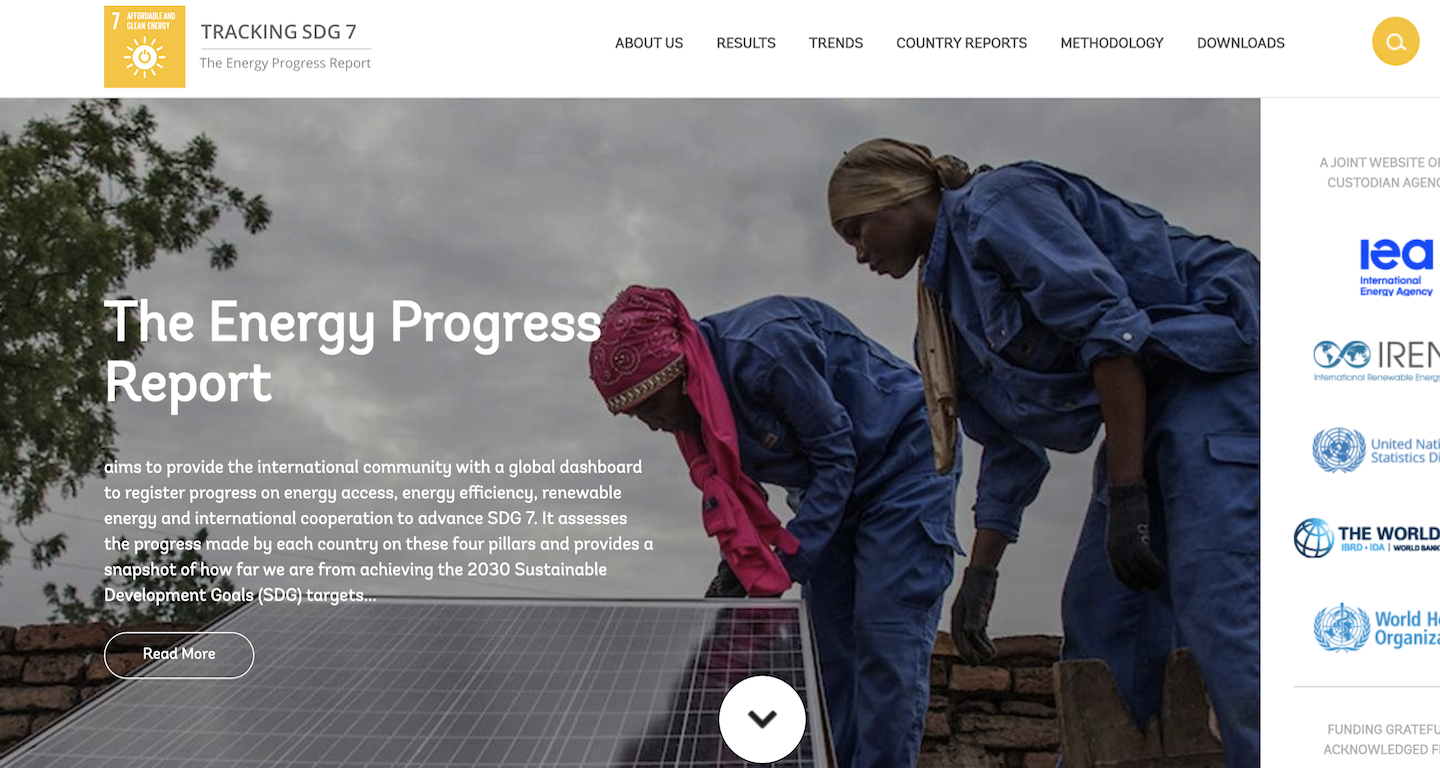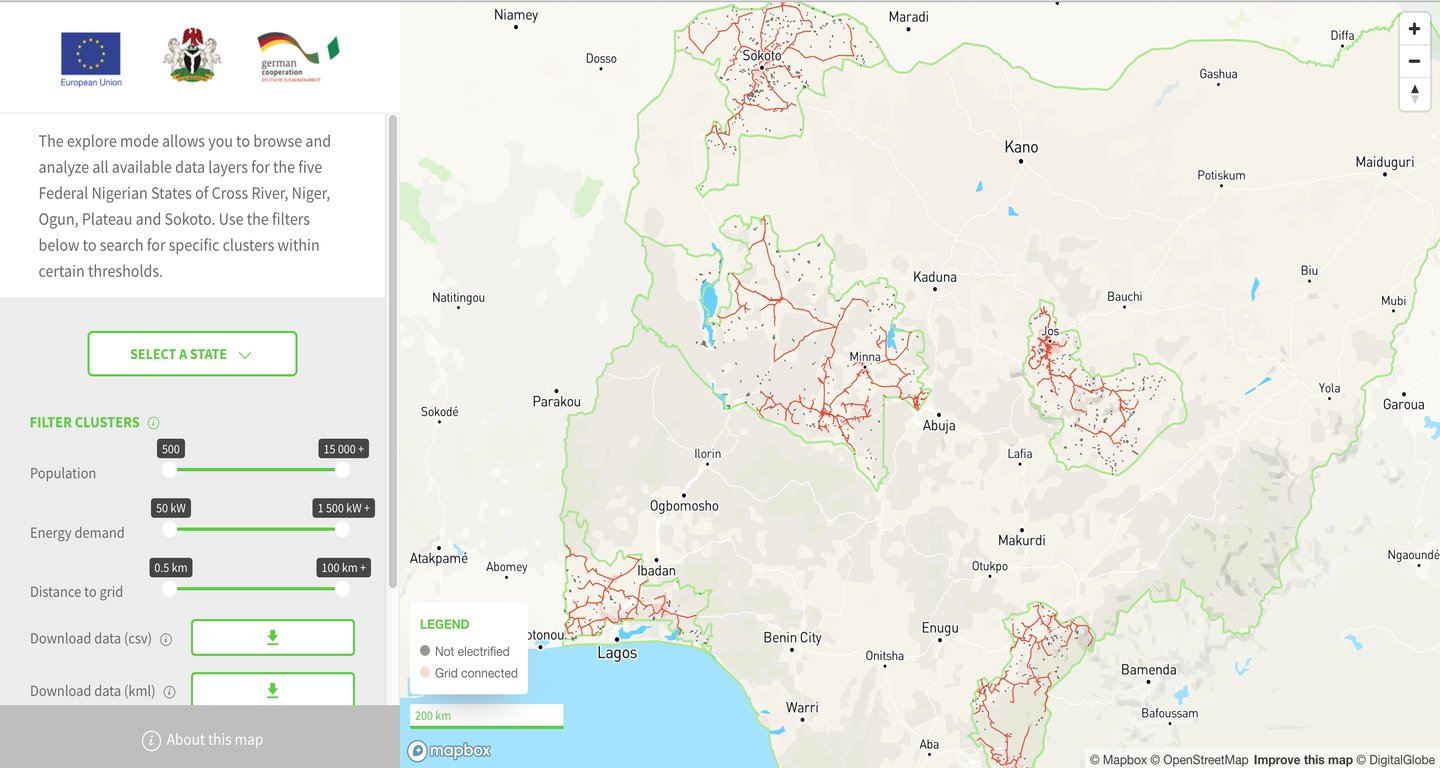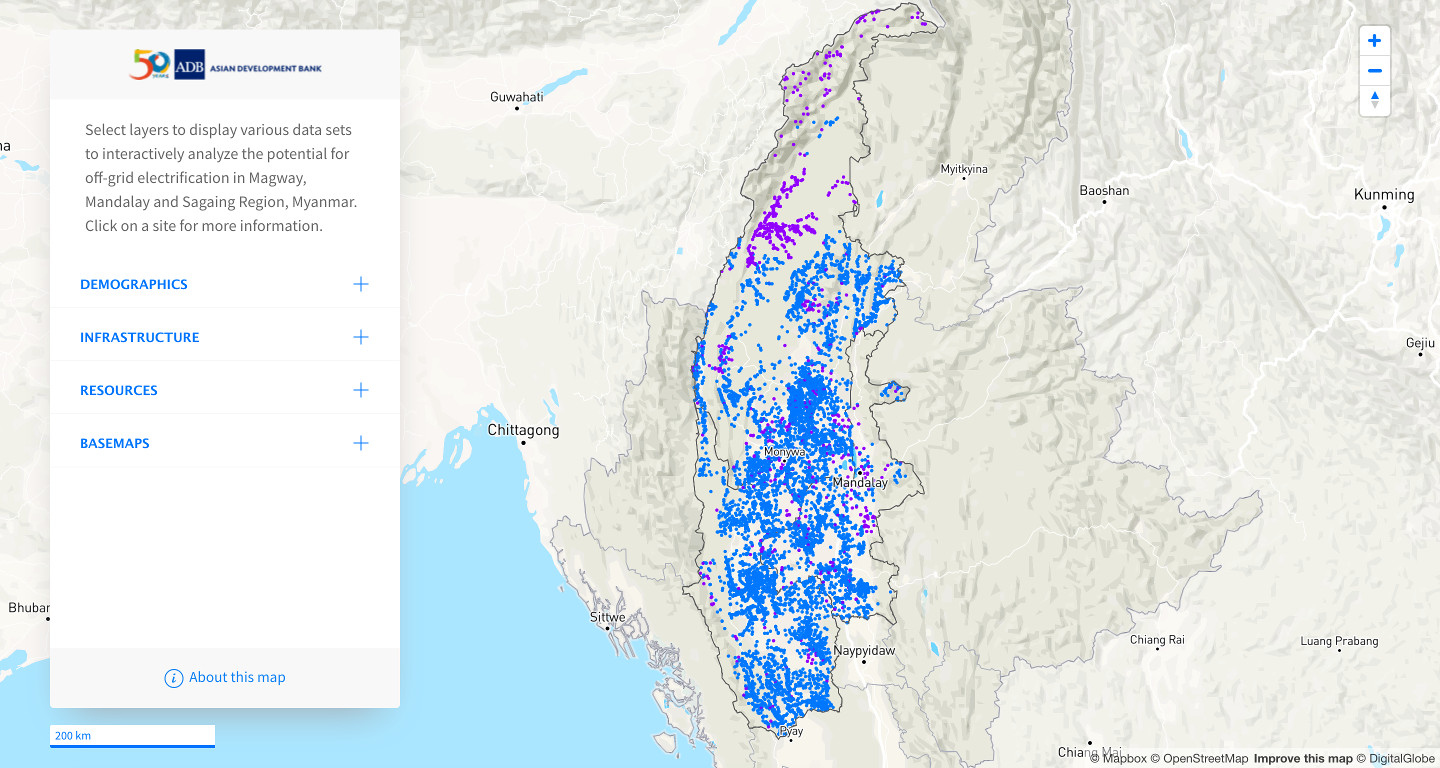Rooftop Solar Tool
By NEO and the World Bank
The rooftopsolar.energydata.info tool has developed a platform to showcase PV generation potential for each individual building rooftop in a given area, based on high resolution stereo satellite images using latest artificial intelligence techniques. Users can zoom in on rooftops or type in addresses to find a building(s) of interest.
The tool currently displays results from ESMAP's 15 pilot cities and will be adding results from every other city/area where similar analysis is being requested by World Bank regional task teams. Metrics such as suitable rooftop area for installation (m2), installable capacity (kW) and yearly potential (MWh) have been derived at individual building structure level and summed up to obtain the total potential for each city. The results can also be further aggregated for different building sectors (commercial, industrial, public, and residential)"

